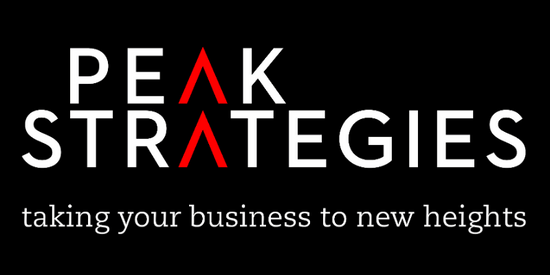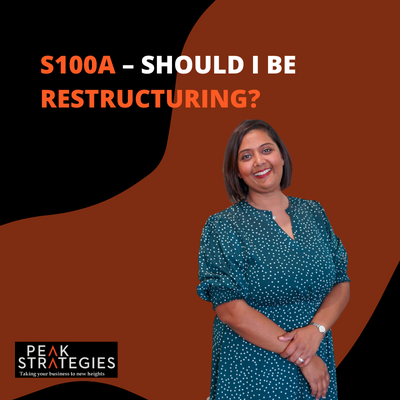For my blog this month, I thought I would do a refresher on S100A and then discuss the options of potentially restructuring your partnership to a company.
It’s been a few months since the furore of S100A changed our view of Discretionary Trusts. In this time, the appeal by the ATO on the Guardian AIT case was heard in the Full Federal Court at the end of August and we are currently waiting for a decision to be handed down.
For those who are unaware of S100A, in a nutshell is an anti-avoidance provision in the Income Tax Assessment Act of 1936. It was designed to counter tax avoidance arrangements within a discretionary trust.
Specifically, it focused on trust distributions, that came about as a result of a reimbursement agreement entered into with the purpose of reducing tax liabilities. The agreement was not entered into in the course of ordinary family or commercial dealings.
The reimbursement agreement is when someone who becomes presently entitled to a distribution and someone else actually benefits from the distribution but the purpose of the parties being involved in the agreement is to obtain a tax benefit. Interestingly the ATO intimated that S100A would not apply if an arrangement was considered to be “ordinary family or commercial”.
So, this blog discusses whether a company would be a better structure for these new partners as compared to the traditional partnership set up.

